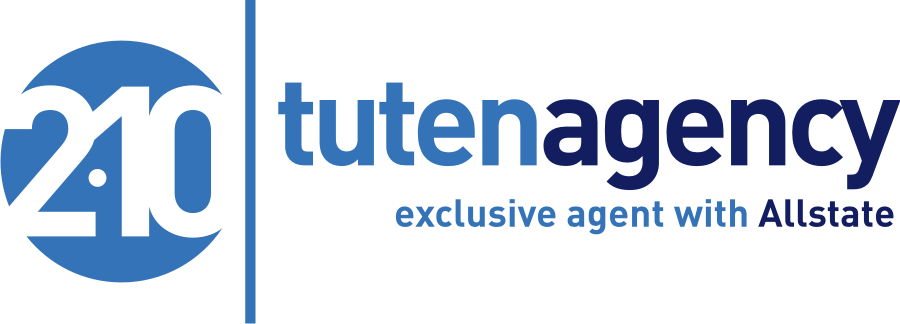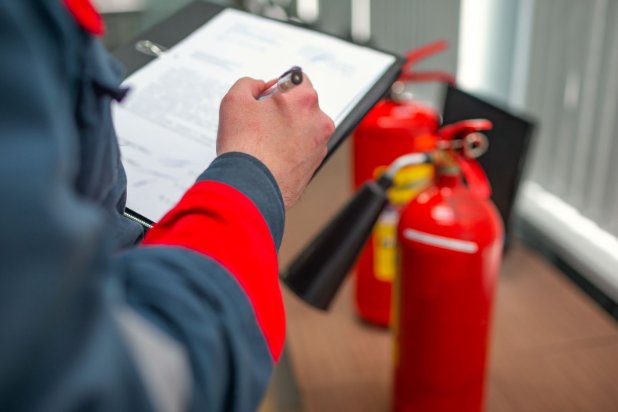Fire safety inspections emerge as a pivotal element in the quest for a safe and secure home. These inspections are not just routine checks; they are a critical defense mechanism against the devastating impact of fires. Through a comprehensive evaluation of a home’s fire safety measures, these inspections aim to identify and mitigate potential risks, ensuring residents’ well-being and property preservation.
Introduction to Fire Safety Inspections
Fire safety inspections serve a dual purpose: safeguarding lives and protecting investments. The primary goal is to meticulously assess a home’s readiness to handle and prevent fire outbreaks, spotlighting any areas that could ignite or exacerbate a fire. By preemptively addressing these risks, homeowners can significantly reduce the likelihood of fire-related disasters.
Key Components of a Home Fire Inspection
A thorough fire safety inspection encompasses several critical assessments:
- Smoke Alarms: The inspector verifies the strategic placement, functionality, and proper installation of smoke alarms throughout the home, ensuring one on every level, near bedrooms, and in common areas to maximize early detection capabilities.
- Fire Extinguishers: Accessibility and readiness of fire extinguishers are checked, as they are essential for quelling small fires before they escalate.
- Potential Fire Hazards: The inspection includes a detailed review of electrical systems, appliances, and storage of combustible materials, identifying risks that could lead to a fire.
- Escape Routes: Ensuring that all egress points are clear and unobstructed is crucial for a safe evacuation in an emergency.
- Sprinkler Systems: If present, sprinkler systems undergo a comprehensive check to confirm they are operational and cover the necessary areas effectively.
Preparing for a Home Fire Inspection
Essential Steps for Homeowners
To prepare for a fire safety inspection, homeowners should:
- Install smoke alarms on every level and test them regularly to ensure they are functional.
- Keep exits clear of debris and objects that could hinder escape during a fire.
- Ensure that escape ladders are accessible in upper-level rooms.
- Maintain clear visibility of house numbers from the street to aid emergency services.
Fire Prevention Measures
Additional preventative measures include:
- Develop an escape plan with a designated meeting place and practice it regularly.
- Inspecting electrical outlets and wiring for safety, avoiding overloading power strips.
- Knowing how to use and regularly maintaining fire extinguishers.
- Cleaning appliances frequently to prevent grease buildup, a common cause of kitchen fires.
Legal Requirements and Recommendations
Fire safety inspection regulations can vary by state, including mandates on smoke and carbon monoxide detectors. The National Fire Prevention Association (NFPA) offers extensive guidelines and resources for installing and maintaining these critical safety devices. Additionally, during buying or selling a home, inspections of smoke and carbon monoxide detectors may be required, impacting home insurance policies and coverage.
The Importance of Conducting Fire Safety Inspections
Benefits Beyond Compliance
Beyond meeting legal obligations, fire safety inspections offer invaluable insights into potential dangers that homeowners might not have previously considered. These assessments can also significantly impact homeowners insurance, especially when addressing common issues like electrical hazards.
Electrical Safety and Home Insurance Implications
Electrical malfunctions account for a significant portion of home fires. The NFPA reports that electrical issues are responsible for 68 percent of home fires and 60 percent of direct property damage. Recognizing and rectifying these risks enhances safety and can affect the terms and premiums of homeowners insurance policies.
Conclusion
The critical nature of home fire safety inspections cannot be overstated. They are an essential component of responsible homeownership, providing peace of mind through the enhanced safety of residents and protection of property. Even without strict legal requirements, regular fire safety inspections are a prudent practice for any homeowner. By adopting a proactive approach to fire safety, homeowners can significantly mitigate the risks of fire-related incidents, ensuring a safer environment for themselves and their loved ones.
FAQs
What is the difference between a home fire safety inspection and a home inspection?
A home fire safety inspection specifically focuses on evaluating the fire safety features and potential hazards in a home, such as the presence and functionality of smoke alarms, fire extinguishers, and the safe storage of flammable materials.
A general home inspection, however, covers a broader range of areas including the home’s structural integrity, electrical systems, plumbing, HVAC, and more. While a home inspection may touch on some fire safety aspects, a fire safety inspection is dedicated entirely to preventing fire-related incidents.
How can making improvements based on a fire safety inspection affect my homeowners insurance?
Improvements based on fire safety inspection recommendations can potentially lower your homeowners insurance premiums by reducing the risk of fire damage. It’s essential to communicate any upgrades or changes to your insurance provider, as this could qualify you for discounts or more favorable policy terms.
Get the right coverage for your home with tutenagency
New tutenagency customers?
Quote homeowners insurance online or call (334) 502-5111 to insure your home.
Disclaimer: This content is for informational purposes only and should not be considered legal or financial advice. Always consult with qualified professionals in legal and financial fields before making any decisions.

